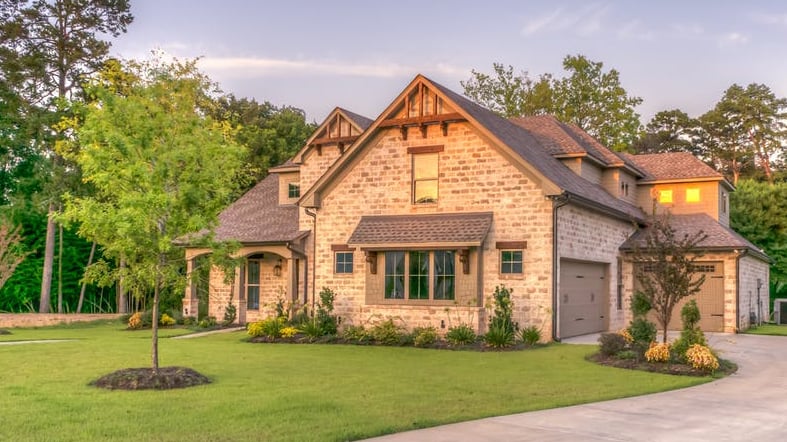
When people plant trees they are doing more than just beautifying an area. Trees are beneficial to the environment in numerous ways: they help produce oxygen and filter out pollutants to clean the air, combating climate change; they increase habitats for other species; and they also reverse the impacts of land degradation.
Fruit and shade trees are a good choice when deciding the type of trees to plant. Fruit trees have the bonus of eventually bearing fruit, and as a result provide food for your family, neighbors and friends. When planted in the right location, shade trees can help keep a home cool and reduce energy costs.
Planting a tree in your own yard is the obvious solution when it comes to where to plant, but there are things you need to think about before you dig.
Most home foundations are built to withstand encroaching tree roots and won't be damaged by them directly. However, by removing moisture from the soil, some trees can cause severe subsidence (movement of the ground) that can damage your foundation and underground services.
Always ensure that you are planting your trees far enough away from your house or other buildings. Tree roots can be destructive to foundations, especially in clay-rich soils. Branches can also pose a hazard if they happen to break from the tree.
The following table can be used to determining the minimum distance your trees should be planted from your house or other structure.
| Mature tree height | Distance from structure |
| 0-8 meters (0-25 feet) | 3 meters (10 feet) |
| 8-15 meters (25-50 feet) | 4-6 meters (15-20 feet) |
| 15+ meters (50+ feet) | 10-15 meters (30-50 feet) |
At maturity, a tree's roots will typically be as broad as its crown. However, there are exceptions. Poplar and aspen can have extremely invasive root systems that can spread up to 4 times the height of the trees. Willows can have extensive root systems that spread out in search of moisture. Silver maple has very dense and shallow roots that can extend over 15 meters. You should keep these species at least 15 meters (50 feet) from homes and underground infrastructure.
Always double check the recommended spacing of whichever species you plant!
For people who do not have a yard that can support a tree, there are other ways to plant a tree in celebration of Earth Day. Many local areas have initiatives in place that call for volunteers to participate in tree planting, or check out www.earthday.org/earth-day-2022/ for other ways to contribute.
BTW: A professional home inspection (like those offered by c4u Inspections Ltd.) will take into account any trees and vegetation on a property and whether there are any issues you should be aware of!